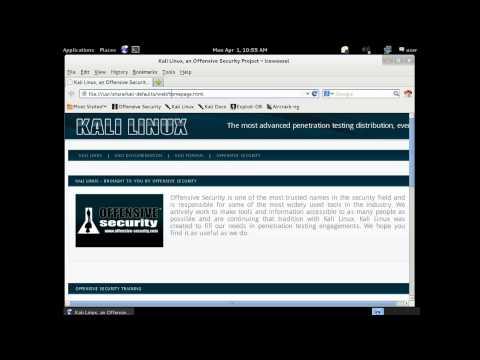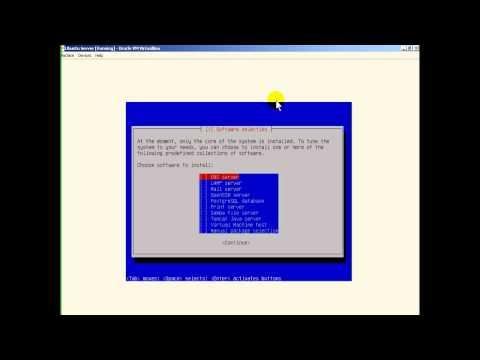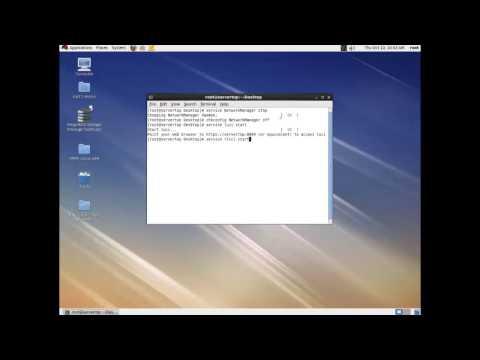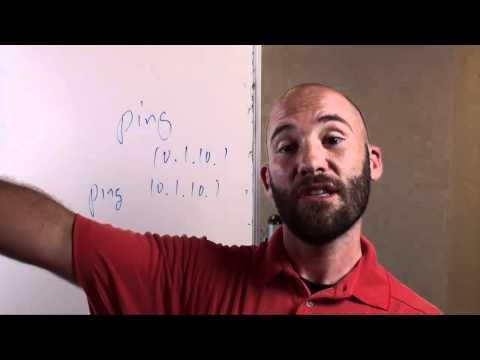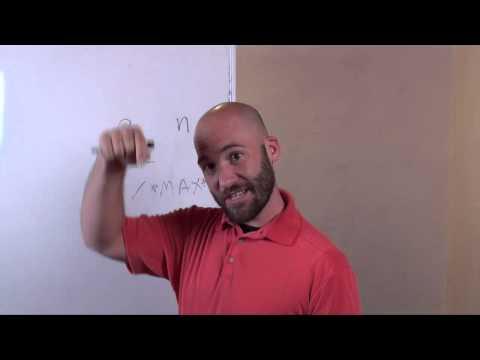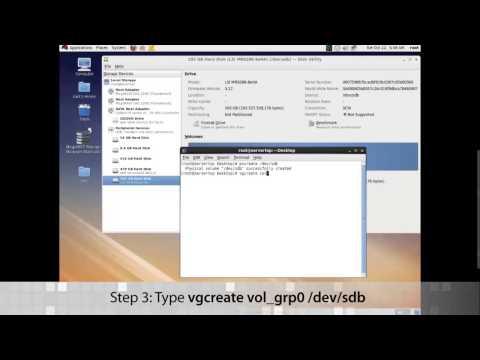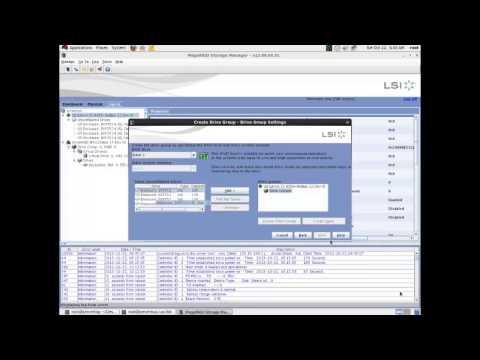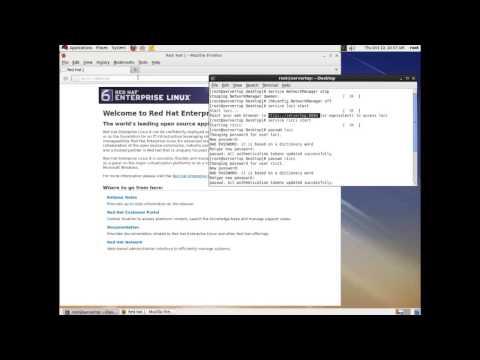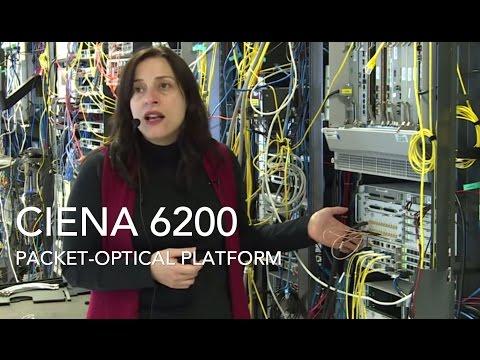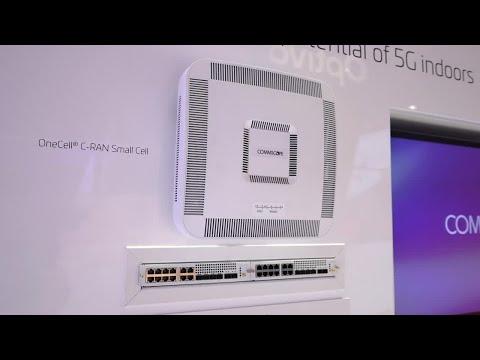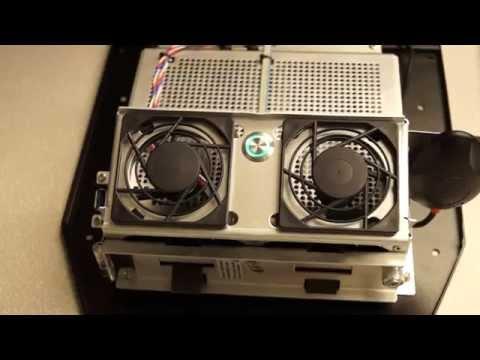Introduction To Linux
Description
Schedule a Skype Meeting with Eli: https://silicondiscourse.com
Info
Level: Beginner
Date Created: August 16, 2010
Length of Class: 47 Minutes
Tracks
Linux
Prerequisites
None
Purpose of Class
This class teaches students the basic concepts that they should understand before they start trying to work with Linux.
Topics Covered
What is Linux
Distributions
Open Source Licensing
Shells
Significance of ROOT
Importance of Capitalization
Server vs. Desktop versions
What Linux is best at
Class Notes
Introduction
Linux was created by Linus Torvalds between 1991 and 1994
Linux is not a version of Unix
Distributions
Once Linux was released to the public numerous institutions created their own versions of the operating system. These different versions are called Distributions, or Distros. Different Distros have different functionality.
Open Source software is not necessarily free software
Make sure you understand the licensing requirements for your Open Source software before you release it into a Production Environment.
Defining The Shell
The Shell is the interface you use to interact with the Operating System. Windows uses a GUI (Graphical User Interface) Shell, Linux primarily uses a LUI (Line User Interface)
ROOT
ROOT is the highest level of anything in the Linux world. ROOT user is the highest level user. The ROOT directory s the highest level directory.
Capitalization matters in Linux (HOME is different then home)
Server vs. Desktop Versions
Server versions of Linux install the bare minimum number of components for the system to function. After installation you will be faced with a blinking cursor.
Desktop versions of Linux come prepackaged with a GUI environment and numerous tools and applications. After installation you will be presented with an environment that looks a lot like Windows or the Mac OS.
What Linux is really god for?
Linux is great for server functionality
Linux is still poor for every day desktop functionality for most users.




